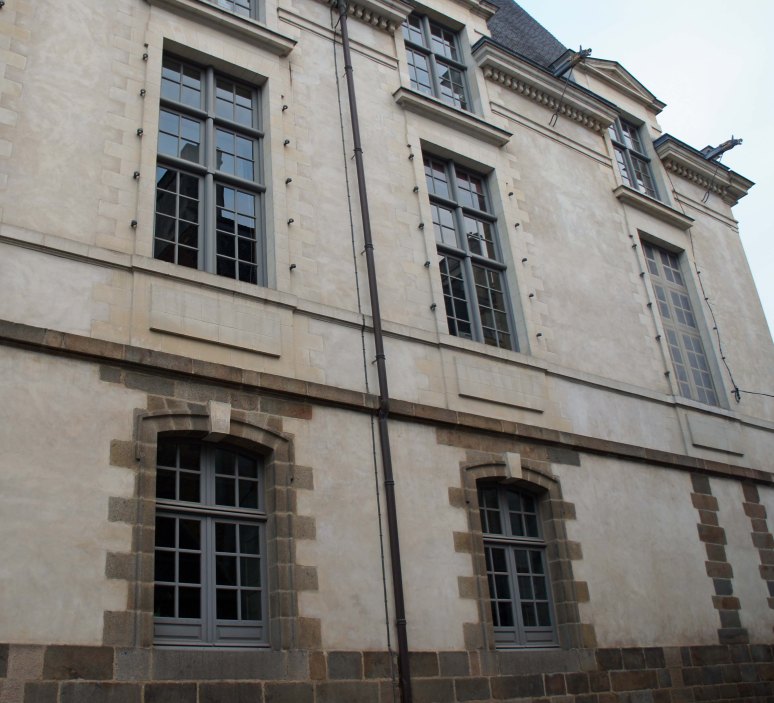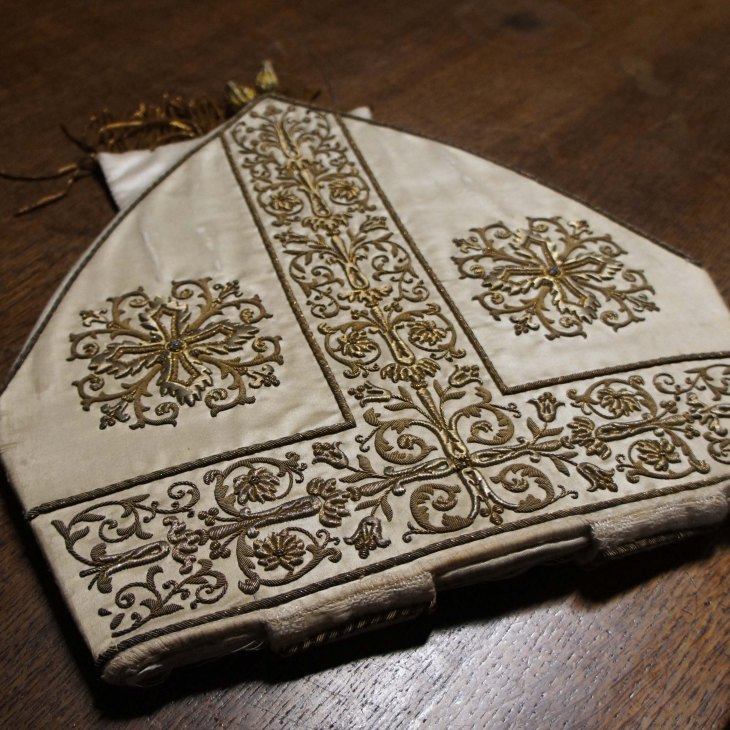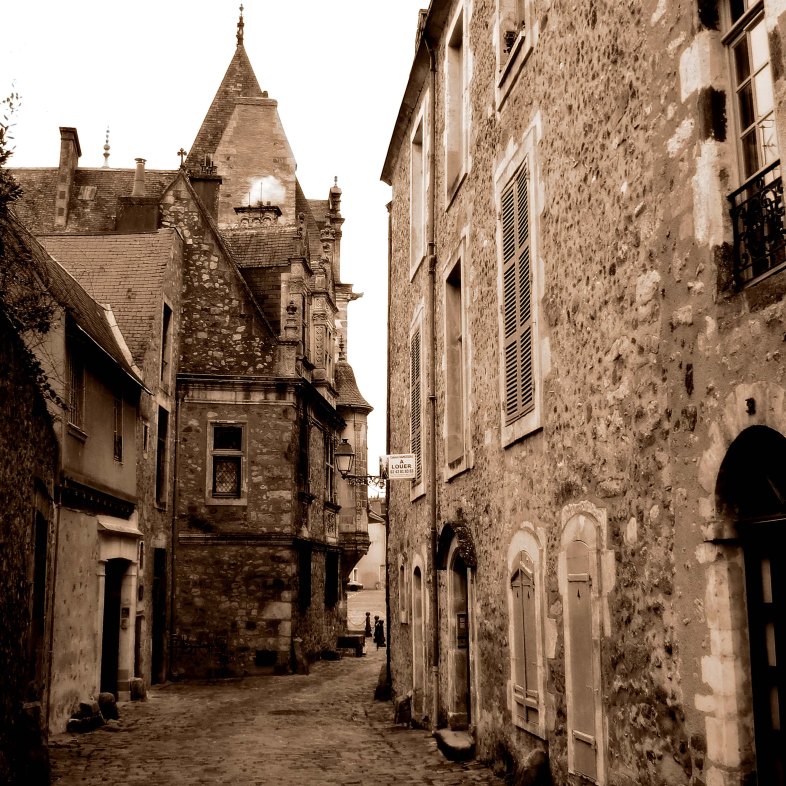Rev. Eric M. Augenstein
Twenty-Second Sunday in Ordinary Time (B) – September 1/2, 2018
St. Agnes Catholic Church
Deuteronomy 4.1-2, 6-8; Psalm 15; James 1.17-18, 21b-22, 27; Mark 7.1-8, 14-15, 21-23
If you do a Google search for “Catholic Church,” the results can be interesting. Insightful, even. On the images tab, searching for “Catholic Church” brings up page after page of variations of two types of pictures: church buildings, or bishops. Apparently, that’s what the Google algorithm thinks best visually represents the Catholic Church – buildings or bishops. Curious. On the news tab of Google, the headlines, of course, are ever-changing. This morning, the top results were headlines like: “The civil war in the Catholic Church,” and “Gut the Catholic Church’s hierarchy,” and “Commentary: How to save the Catholic Church,” and “It’s time the Catholic Church started cleaning its house.” Such is the state of the Church in these days. But on the main Google search page, there’s something interesting that showed up – at least in my search of the “Catholic Church.” After a few links to the headline news articles, Twitter feeds, and YouTube videos, the next result was more local: a link to the website of this parish, St. Agnes Catholic Church in Nashville, Indiana. Of course, Google knew my location based on my computer’s IP address, and so it connected me to the nearest Catholic Church, the local parish. There’s always something local about our faith, about the Church – it’s not just the Vatican and the bishops, although that’s part of it; it’s not just the headlines and scandals across the world, although that is part of it, too. The Church is here – the Church is us. With a building to house our prayer and worship, yes. With a bishop in our region to shepherd us, yes. With our own brokenness and humanity and sins and failings, yes. And with our humble, open hearts, yearning for wholeness and truth and peace and love and compassion and community. Here, at St. Agnes Catholic Church in Nashville, Indiana, and at every local parish.
St. James gives all of us in the Catholic Church a good foundation in these days. “Religion that is pure and undefiled before God and the Father is this: to care for orphans and widows in their affliction and to keep oneself unstained by the world.” Talk about getting back to basics. So much else can and does get in our way, but St. James is right – the Gospel message of Jesus Christ can be summed up in these two points: to care for those in need – symbolized in the apostle’s day by widows and orphans – and to keep ourselves unstained by the world. To care for those whose poverty is spiritual as well as material – to walk alongside those who are hurting whether as victims of abuse or because of betrayal by those who have failed in their leadership – to speak for those who cannot speak for themselves – to cry out to heaven and earth for justice and mercy. And to rise above the baseness of worldly attachments – to keep our eyes fixed on heaven – to allow love to conquer fear, humility to root out pride, hope to shine in the darkness of doubt. “Religion that is pure and undefiled before God and the Father is this: to care for orphans and widows in their affliction and to keep oneself unstained by the world.” And we strive to do that, here at St. Agnes Catholic Church in Nashville, Indiana, and in many other local churches besides.
In the early fifth century, St. John Chrysostom preached a pointed homily whose words, I think, can echo profoundly for us today. He had observed some people in the Church who were concerned about buying golden ornaments for church buildings and weaving expensive cloths for the altars, but were neglecting the very real, material needs of the poor. “Tell me,” St. John Chrysostom said, “if you were to see [Christ] lacking the necessary food but were to leave him in that state and merely surround his table with gold, would he be grateful to you or rather would he not be angry? … Apply this also to Christ when he comes along the road as a pilgrim, looking for shelter,” St. John Chrysostom continues. “You do not take him in as your guest, but you decorate the floor and walls and the capitals of the pillars. You provide silver chains for the lamps, but you cannot bear even to look at him as he lies chained in prison. … I am not forbidding you to supply these adornments; I am urging you to provide these other things as well, and indeed to provide them first. … Do not, therefore, adorn the church and ignore your afflicted brother, for he is the most precious temple of all.”
We have work to do, my brothers and sisters – we, the Church, both the universal Catholic Church and our local churches. We have work to do – to refocus ourselves on the central task of the gospel, to care for orphans and widows and to live in the world but not of the world as we long for the world to come. We have work to do in loving one another and remembering that we need each other to teach us how to love as Christ loves us and to keep us accountable to the command of God. We have work to do in feeding the hungry and giving drink to the thirsty, in welcoming the stranger and visiting the sick and the imprisoned. We have work to do in listening to the Word of God, but then putting it into action. We have work to do in relying on the grace of the sacraments to sustain us in our frailty and to fill us with the strength needed to endure the trials of this present age. And we need each other to do this work.
If people are searching for the Catholic Church here, in Brown County, Indiana, or in any place, I hope this is what they find – a Church that cares for the widow and orphan and keeps itself unstained by the world, a Church that comes together to encounter Christ in Word and Sacrament, and also serves Christ in our afflicted brothers and sisters – a humble Church, a listening Church, an active Church, a living Church. Let’s get to work.






 This afternoon, our pilgrimage group arrived safely in Panama City for World Youth Day 2019. Also on our plane were pilgrims from Minneapolis/St. Paul, Minnesota, and Eau Claire, Wisconsin, and we encountered many other groups of pilgrims as soon as we set foot in Panama. It is a busy and energetic city this week, and the streets and sidewalks are already filling up with young Catholics from around the world.
This afternoon, our pilgrimage group arrived safely in Panama City for World Youth Day 2019. Also on our plane were pilgrims from Minneapolis/St. Paul, Minnesota, and Eau Claire, Wisconsin, and we encountered many other groups of pilgrims as soon as we set foot in Panama. It is a busy and energetic city this week, and the streets and sidewalks are already filling up with young Catholics from around the world.



